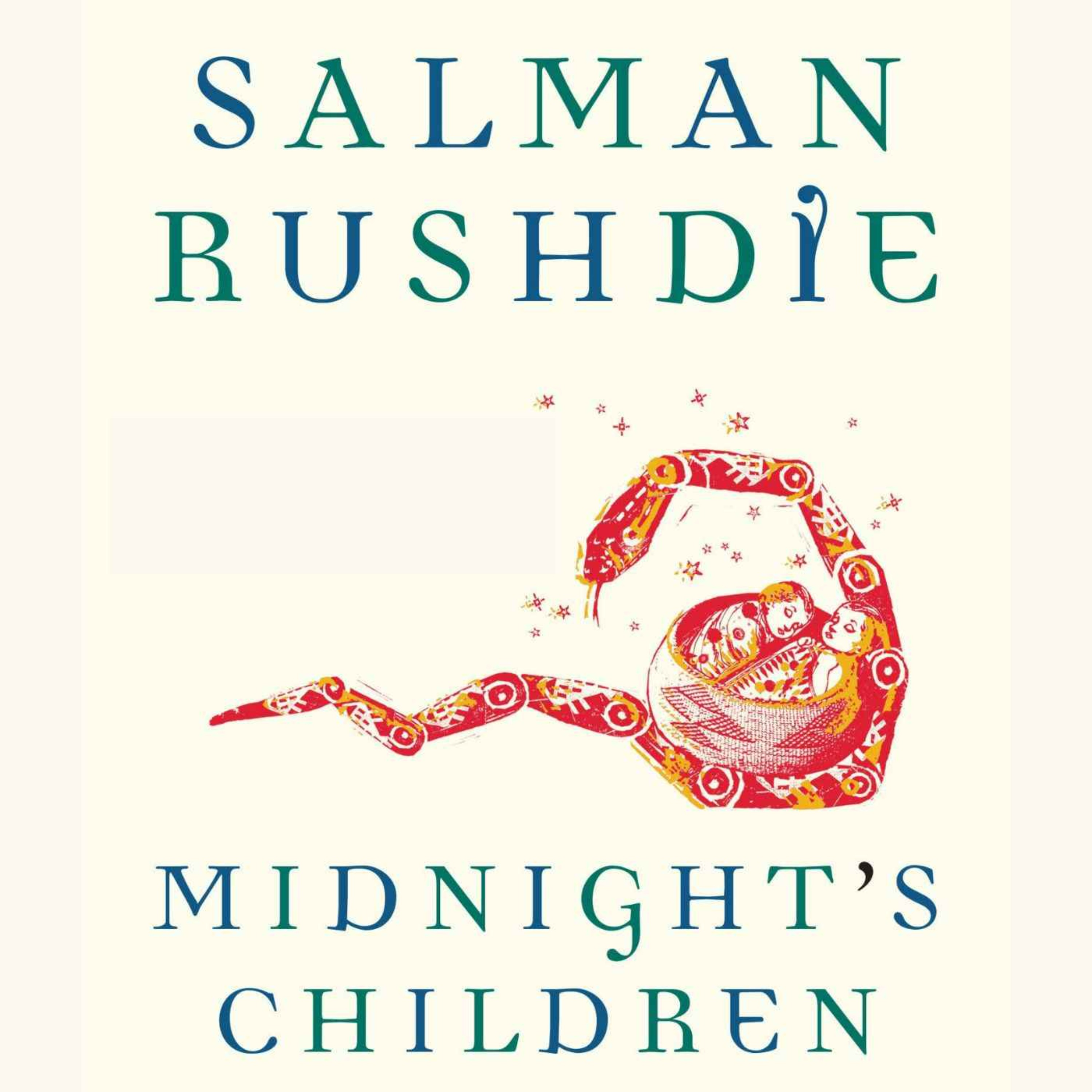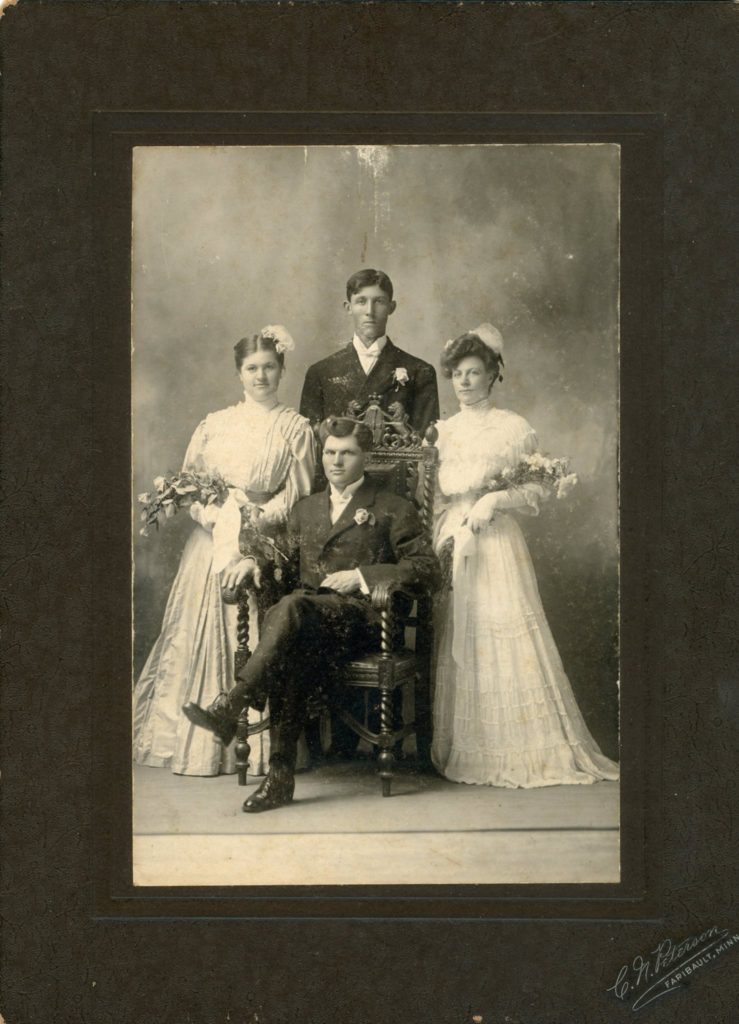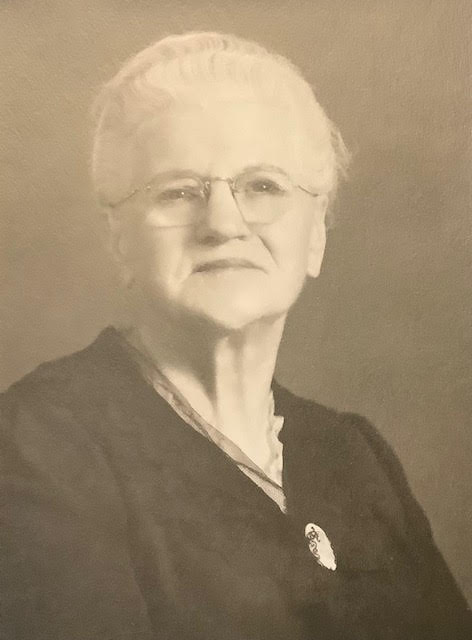This is the second post in my family culinary history series. To start from the beginning, please see my Connecting with my Ancestors through their Recipes post.
Who Am I?
One of my favorite quotes comes from the book Midnight’s Children by Salam Rushdie where the main character is telling the reader that his story is really only just part of a wider narrative that includes the lives and actions of everyone who has come before him and everyone who will come after him:

Who what am I? My answer: I am the sum total of everything that went before me, of all I have been seen done, of everything done-to-me. I am everyone everything whose being-in-the-world affected was affected by mine. I am anything that happens after I’ve gone which would not have happened if I had not come. Nor am I particularly exceptional in this matter; each “I”, everyone of the now-six-hundred-million-plus of us, contains a similar multitude. I repeat for the last time: to understand me, you’ll have to swallow a world.
Midnight’s Children by Salaman Rushdie, 1981, pg. 440-441
This quote perfectly captures how I see my culinary adventures. While I may be alone in the kitchen cooking or baking, I am part of a larger narrative of all the dishes and recipes my ancestors (mainly women) have prepared and all the knowledge they have passed down to their children who passed it to their children who eventually passed it to me.
In short, to paraphrase Rushdie, who what is my cooking? It is a sum total of all the gestures of the women who have went before me.
Researching My Family
With that in mind, the first step in my culinary journey to remake all my great-grandmother Irene’s and grandmother Clara’s recipes should start with getting to know the women themselves. Something which is particularly important since both women died before I was born so I never got a chance to get to know them or spend any time with them in the kitchen.
Starting from knowing next to nothing about either Irene or Clara, below are the short bios I have been able to construct about both women based on conversations with family and friends of the family.
Irene Alexina Peltier

Irene was born in 1885 in a small town in Minnesota, and she was married to Jean Baptiste Augustin Caron in 1906. She was mother to ten children, four daughters and six sons (one of which who died shortly after birth).
The family was clearly extremely religious as Irene spent a considerable amount of time volunteering at her church and two of her daughters joined the convent. According to Irene’s daughter-in-law, Jean may have had such a strong temper that Irene hid kitchen knives when he got angry.

She was accomplished at sewing and was reportedly very frugal, possibly due to a relatively impoverished background. Irene was, at least, relatively proficient at cooking, although she only had limited cooking facilities.
Irene suffered from diabetes later in life which caused weight and mobility issues, at least later in her life. Jean would die in 1946, but Irene would live 15 years longer eventually dying in 1961 at the age of 76 while living with her son and his wife.
Clara M Caron

Clara Caron was born on April 4th, 1918. She grew up on a farm in rural Minnesota, and only attended school up through the eighth grade. In 1947, she married Clifford Caron in the Saint Lawrence Church in Faribault and became Irene’s daughter-in-law. Clara and Cliff had four kids, one son and three daughters (one of which would eventually become my mother).
While she had several jobs, I think the most culinarily significant job was at the Shattuck Military Academy where she was the Assistant Pastry Chef. Supposedly, she would have been the Head Pastry Chef if it was not for sexism, and she even trained the male Head Pastry Chef!
At Shattuck, she mostly cooked bulk meals for the students, although some may have been at least a little exotic and fancy. While home, her cooking was mainly functional and economic, centered on feeding her family without spending too much.
However, her dreams of winning the Pillsbury Bake-Off clearly showed her desire to make more adventurous food and experiment in the kitchen, even if she never got to compete in the kitchen. This drive is something I can understand myself, and I wish I could taste some of her experiments.
Overall, however, most of her cooking were less inspiring family fair, and her baking appears to have been centered around bulk making pies and doughnuts with the occasional birthday cake.
After suffering from complications resulting from a brain tumor operation in 1978 which caused brain swelling and oxygen deprivation, her right hand was partially paralyzed which required her to write with her non-dominant left hand. Despite this, she managed to become proficient enough to be able to still write in cursive, although the handwriting is distinctly different and less polished.
Clara passed away in 1985, two years before the author of this paper was born.
You can read the next installment of my adventures making my family’s recipes in my Irene’s Recipes #3: A Concerto of Pork, Flour, Lard: Communing With My Great-Grandmother Through Her Recipes post.